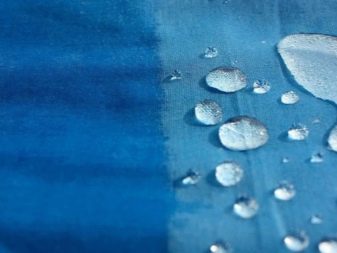All about tissue hygroscopicity
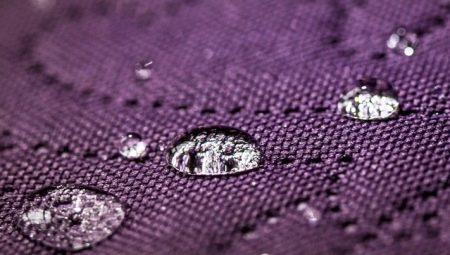
Hygroscopicity is one of the properties of the material, on which the comfort of the clothes depends. From the material of this article, you will learn what this concept means, what are the methods of its definition and meanings for various types of textiles.
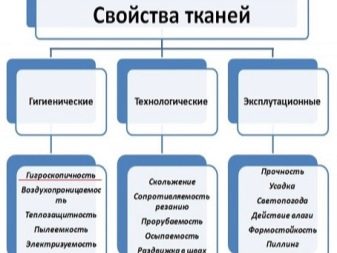
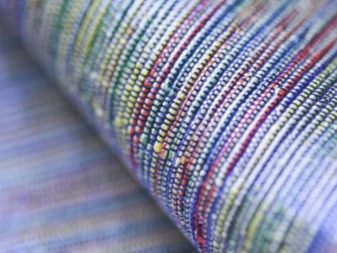
What it is?
Literally translated from the ancient Greek language, the word "hygroscopicity" means "observation of moisture." Hygroscopicity - the ability of textiles to absorb and retain moisture in the fibers. The calculation takes into account the moisture absorbed by the fabric from the air. It is absorbed by fibers, which leads to a change in their properties. Various protective impregnations are also defining criteria. The thinner and looser the structure of the fabric, the more efficient the evaporation process. Different fabrics have different meanings. In some cases this is a plus, in others it is a minus. Hygroscopicity is a key physical characteristic for fabrics from which bed and underwear, sportswear, and children's clothing are made.
Its values are associated with the density of the textile fabric, the method of thread weaving, the method of knitting. In addition, they depend on the type of fibers used from which the materials are woven. Its parameters differ depending on the parameters of steam conductivity and air permeability. Together with these indicators, it determines a healthy microclimate for humans. Without adequate aeration, the risk of overheating of the body increases. This leads to the development of colds, skin diseases and problems with the cardiovascular system. With low air permeability and intensive work of the sweat glands, clothes will be wet and unpleasantly smelling. If the hygroscopicity is sufficient, the material will remain dry.In addition, the fabric must condense excess moisture as heat is generated.
Thus, the body will not begin to overcool, and the person will always feel good. The hygroscopic qualities of canvases affect the thermal balance between the human body and the environment.
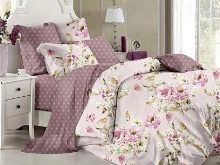
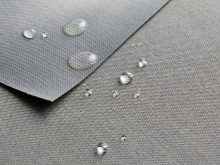
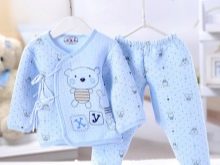
Indicators for different tissues
Hygroscopicity is a variable value. Its effectiveness is related to the physical and hygienic characteristics of natural and synthetic materials. It can be changed based on the number of washes and the wearing time. The requirements for certain fabrics are different. For example, for underwear, hygroscopicity should be high. For winter clothing, they are low, since sufficient heat conservation is more significant.
Cotton
Cotton materials are products of processing fibers of plant origin. They are environmentally friendly and safe to use, most often used in the production of children's clothing. Depending on the density and thickness of the threads used, the materials are different. However, a common feature is the hollow fiber type. Due to this, their hygroscopic capacity is very high. Cotton clothing does not stick to the body in the heat. The skin is provided with an optimal climate, things do not irritate the body. Certain types of textiles are completely mercerized. Due to short-term immersion in caustic soda, they improve moisture absorption and become stronger.
On average, cotton fabric can absorb up to 30% of its own weight while remaining completely dry. In the case when the value reaches 50% or more, the matter emits a drop-like moisture.
However, the values of hygroscopicity in the same tissues are not constant. They can change along with the change in temperature and humidity of the environment. They are usually larger on the street than inside the apartment.
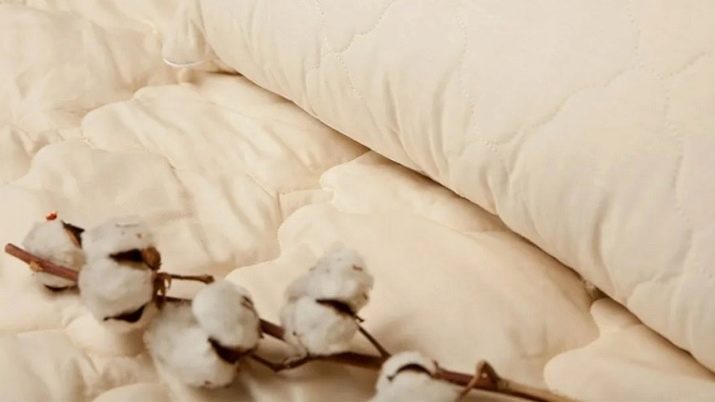
Linen
In modern light industry, linen is considered one of the best materials for sewing everyday and smart clothes. This is due to the high degree of hygroscopicity. Its values are higher than that of cotton, in comparison with its indicator of 8%, they are 12%. At the maximum possible ambient humidity, these values rise to 21-30%.
The linen material leaves the skin feeling cool and fresh. It has excellent air permeability along with heat dissipation. The body temperature in linen clothes is always a couple of degrees lower than in similar things made of synthetic fabrics. The fabric has antiseptic properties. This feature allows the use of linen for the manufacture of sterile dressings and other items for surgical interventions.
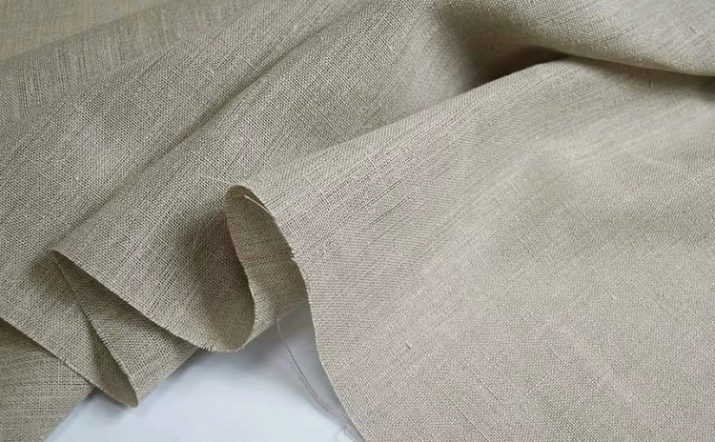
Wool
Wool has the highest hygroscopic properties, which is explained by the hollow structure of fibers for weaving. Thanks to this, wool clothes are warm in winter, cool in summer and off-season. Under optimal conditions, the hygroscopicity values are 17-20%. If the humidity is high, they rise to 40%. These meanings are characteristic of sheep, goat, rabbit, camel wool, as well as alpaca wool. The material quickly absorbs moisture and evaporates it into the environment. However, when wet, it can shrink. To neutralize this, fabric manufacturers add artificial fibers to the composition.

Silk
Silk fabric is created using threads extracted from silkworm cocoons. They are very strong and resilient, and have a high percentage of hygroscopicity. In an optimal environment, it is 11-12%. The hygroscopic tissue easily absorbs skin secretions up to 1/2 of its weight. Moreover, it will be slightly damp to the touch.
It dries quickly, has the ability to thermoregulate. A couple of minutes after putting on, the silk garment heats up to body temperature, creating a comfortable wearing environment. However, during the release of moisture, streaks can remain, which spoil the appearance of the garment.
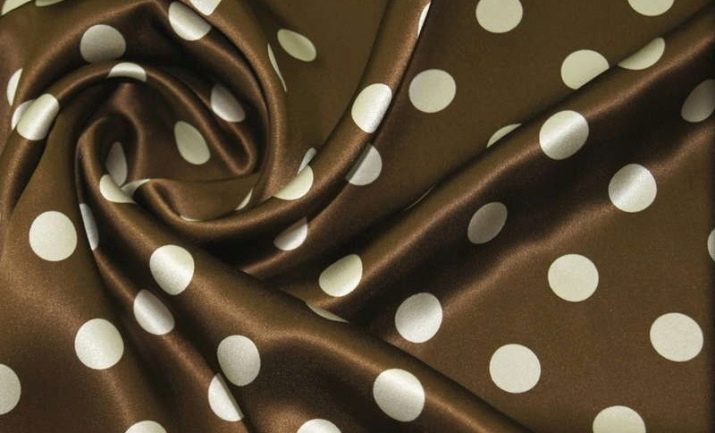
Viscose
Viscose rayon is produced from natural raw materials through chemical treatment that improves its physical and performance characteristics. The wood processing product is not only hygienic, but also perfectly cools the skin without provoking allergic reactions. Indicators of hygroscopicity of the material are equated to natural counterparts. Under optimal conditions, they are 10-11%. But the higher the humidity, the worse it is for the fabric. If it gets wet, its strength decreases and its ability to deform increases.
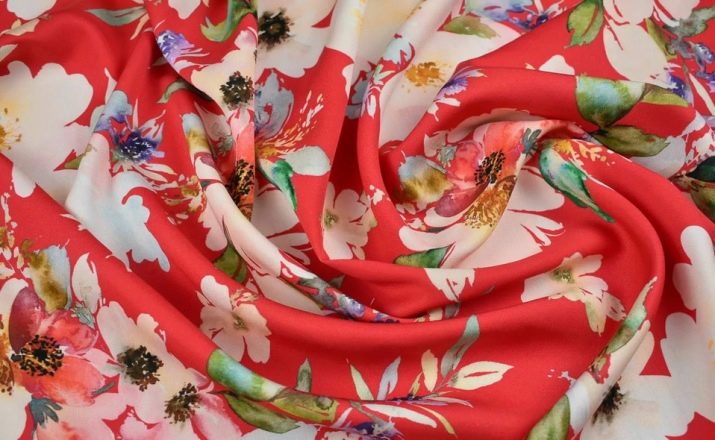
Bamboo
Bamboo fibers are hollow inside, such a fabric absorbs excess moisture and quickly gives it away, normalizing the microclimate for the body. Therefore, wearing such clothes, you can forget about wet sweat spots. These antibacterial textiles are lighter than cotton and silk, but have a tactile feel similar to cashmere. It is considered the best absorbent tissue. Moisture absorption rates are 3-4 times higher than those of cotton.
The fabric has a microporous structure, which explains the accelerated absorption of moisture and its traceless evaporation from the surface of the material. This does not spoil the structure of the fabric; after drying, there is no perspiration odor.
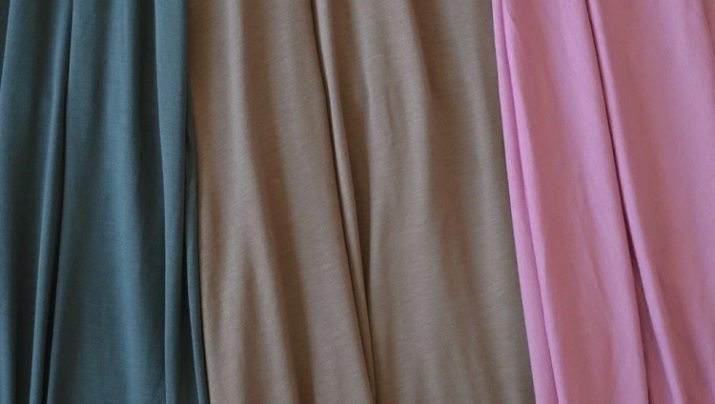
Other
Many synthetic materials are made from recycled natural gas, oil, coal. Most of them are characterized by low values of aeration and hygroscopicity. Because of this, clogging of the pores cannot be avoided, which leads to discomfort. Excess salt associated with sweating can cause skin irritation and itching. Allergy sufferers should not wear such clothes.
The hygroscopicity values of acetate and triacetate are low. Synthetic materials are practically unable to absorb moisture. When wet, they become less strong and vulnerable to mechanical damage. Therefore, many artificial tissues do not need high hygroscopicity at all. It damages the structure of the material. Capron, anid, nylon have hygroscopicity indicators equal to 3-6%. Along with this, they are tensile and tensile strength, durable. Lavsan has the lowest hygroscopicity: it is only 0.4%. At the same time, the textiles are resistant to fading and heat-resistant. But the skin cannot breathe in it. Chlorine-containing fibers also have low values.
There is practically no absorbency in polyurethane threads, from which spandex is produced (about 1.5%). It is undesirable to wear these clothes during the warm season. Microfiber, on the contrary, being a synthetic material, has good hygroscopic properties, which are about 10%. In critical conditions, it is able to absorb moisture in excess of its own weight.
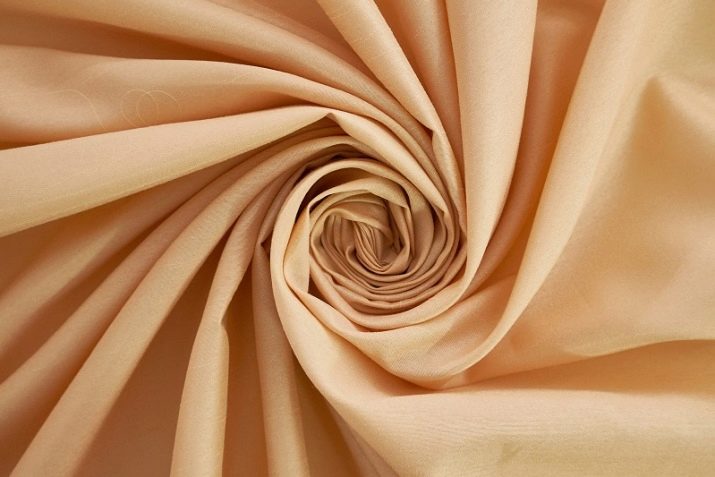
How is hygroscopicity determined?
The hygroscopicity of fabrics is determined in accordance with GOST 3816. When determining this value, 3 types of assessment are performed: actual, conditional and maximum. The differences between them lie in the terms of the definition. The first value is called normal. Determined by the percentage of moisture in relation to dry fabric under specific conditions. The second is determined taking into account a humidity of 65% and an ambient temperature of +20 degrees. The maximum assumes conditions under which the humidity is 100%, and the air temperature is +20 degrees.
To find out certain values, a piece of 20x5 cm is cut off from the textile fabric. Then it is placed in a prepared container and weighed. To determine the percentage of moisture absorption, the flap is placed in a vessel with thick walls, where the necessary air humidity conditions are created. Typically around 97-99%. After 3.5-4 hours, the flap is removed and weighed. After that, drying is performed at a temperature of just over 100 degrees. When the material is completely dry, it is re-weighed. The values obtained are indicative of hygroscopicity.
All manipulations are performed in laboratory conditions on specialized equipment. The hygroscopic properties of a material are determined by calculating moisture content, moisture yield, water absorption and wetness.
